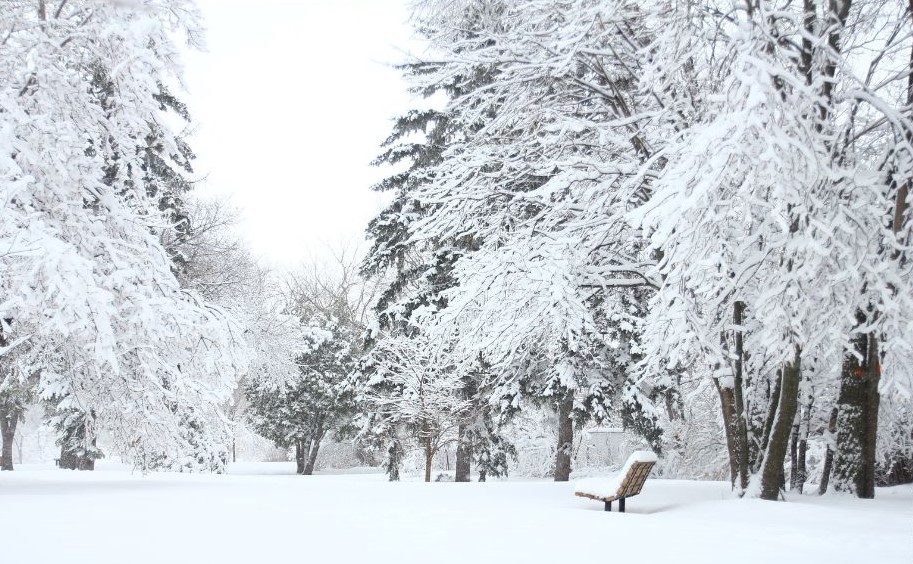Move your electricity consumption outside the peak hours – Energy saving tips for everyday life

Due to the cold front, electricity consumption is now at an exceptionally high level. In its bulletin, the Finnish transmission system operator Fingrid urges all electricity users to schedule their own electricity use away from the morning and evening peak hours. Challenging times are, for example, mornings between 8 and 10 and evenings between 17 and 22 o’clock.
We collected energy saving tips that everyone can follow to reduce their own energy consumption.
Schedule your electricity consumption outside of the peak consumption hours
Nationally, there are two peaks in electricity use on weekdays: in the morning between 8:00 and 10:00 and in the early evening between 16:00 and 20:00 with peak consumption often occurring between 16:00 and 17:00 and 19:00 and 20:00.

- Try to balance out your electricity use and shift your use away from times of peak demand, especially for high-consumption appliances. Avoid unnecessary electricity consumption.
- Adopt new device uptimes and timer functions in your everyday life.
- Charge electronic devices and batteries before or after peak hours of use.
- Always switch off all electrical appliances and unplug charging cables that you are not using.
- Alternate between high-consumption electrical appliances, such as the electric sauna stove, water heater and oven and comfort underfloor heater in the bathroom.
Quicker showers: Conserve hot water
Heating water takes a lot of energy and most of domestic hot water is used for washing.
Here are some simple tips on how to save warm water at home:
- Take shorter showers.
- Avoid running the taps unnecessarily. Turn off the shower while applying soap.
- Check the taps and shower heads. If you notice a leak, submit a defect notification.
- Reduce the number of times you wash your hair, if possible. You don’t have to wash your hair every day.
- Turn off the faucet while brushing your teeth.
- Change your routine and teach children and young people how to shower sparingly.
- Ensure adequate ventilation of the premises. Long showers increase the moisture load in the bathroom, which requires heat and improved ventilation to compensate – and uses more energy.